Anticipating DC's All New 52
By Beth Davies-Stofka
August 30, 2011 - 14:44
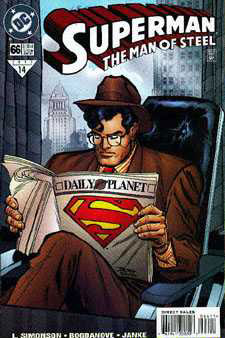 |
I don’t nurse any fears that the traditions and characters of the “World’s Greatest Superheroes” will be seriously compromised. I think DC is just looking for ways to include new readers. These may be adults who quit collecting, or pre-teens who won’t read anything unless it is loaded on an iPad. Or they may be people like me, long-time lovers who like it when their paramours get new haircuts or change careers.
Am I being naïve? Maybe! So I decided to ask some Bin contributors what they think. How much have our heroes changed over time? Can they handle a transformation or two, even if the change cuts deep? Here’s what they said:
Andy Frisk
I think that Superman has remained fundamentally the same over the years, but Clark has changed a great deal.
Originally, Superman was the main figure and Clark Kent was the disguise. Over time, Clark Kent became the main figure and the Superman persona became the disguise. Also, Clark has gone from being a wimpy, hard-luck-in-love character during the Golden Age, to a pretty normal (albeit not outstanding) character in the Silver Age. I mean, the guy was a TV news host! So he couldn't have been that dorky. Then he became a ten touchdown-scoring super high school hunk during the Bronze Age (see John Byrne's Man of Steel). And then he went back to being a hayseed type again. That was during what I like to call the Neo-Silver Age, in Superman Secret Origin.
Philip Schweier
I think the core sensibilities of the characters can be defined in black & white terms, and that provides a certain long-lasting stability to the characters, such as Superman's honesty and Spider-Man's angst. As a result, I think the characters have (mostly) remained true to their roots. Like any character trait, they wax and wane from day to day.
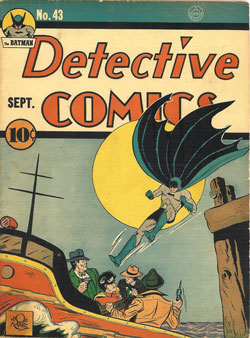 |
When the creators got into "shading" some of those characteristics, we ended up with variations on an overall theme, some which over time might stray FAR from their roots (campy 1960s Batman comes to mind).
Nowadays, some of the morality is in a gray area. Heroes don't kill, but Wolverine sure does; does that make him a non-hero? You have more sophisticated stories aimed at a broader, more mature audience, one that is perhaps more interested in the internal drama of moral conflict. Also, the audience is more open-minded. Much of the narrow thinking of the early comics is left in the past, where it belongs.
It's never an easy path, to adhere to one's conviction regardless of popular opinion or the influence of the times in which we live. Comic book characters have it easier than most because their writers know how the story will play out. But the audience helps, because if Superman ever got it into his head that killing was acceptable, or if Spider-Man became more narcissistic like Tony Stark, the fans who love the characters would storm the castle with torches and pitchforks.
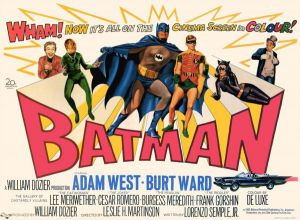 |
Dan Horn
I agree with Philip on Batman, though I think the 60's camp was a reflection of the transition from the 1940's Dark Detective to the happy-go-lucky father-figure that shared a bed with Dick Grayson and battled Nazis and space invaders. He was quite a change from that 1940s Batman, who had no qualms about punching bad guys into vats of acid.
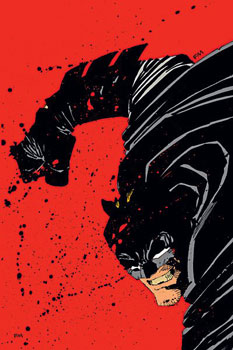 |
Leroy Douresseaux
I think Batman began with Bruce Wayne as a costumed adventurer. My reading of the early comics is that Batman is a sometime vigilante and sometime detective, but Bruce Wayne came across as a rich guy who wore a costume for the adventure as much as he did to right wrongs.
When Denny O'Neil and Steve Englehart wrote the character in the 1970s, they purified writer Bill Finger's vision of the character. Forget the rich guy having adventures - the guy in the smoking jacket, the man about town. Batman is a dark knight, a vigilante, and a detective. For a long time, Batman was Bruce Wayne's alter ego, but under O’Neil and Englehart’s guidance, Wayne essentially became Batman's alter-ego. Bruce Wayne was the mask and costume that Batman wore in order to live among civilians.
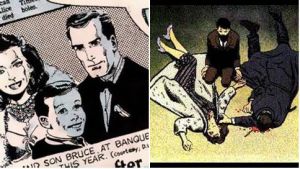 |
In fact, once writers began to emphasize the idea that Bruce's parents were murdered while he watched, they essentially reduced Bruce Wayne from a person to a mere legal entity. Batman was born with the murders of his parents. Batman became the real person with Bruce merely an alias/alter-ego/persona, etc. I didn't know Bill Finger personally, but I doubt that he intended the death of Bruce's parents to so fundamentally change the character from what it was before he wrote Batman's "origin" story to what it is now - the Dark Knight, the World's Most Dangerous Man, and Dirty Harry all rolled into one.
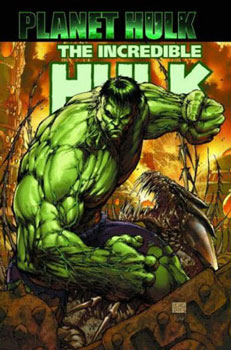 |
I also agree regarding Batman. He’s been a really dynamic character, frequently adjusted to fit the sensibilities of a given era.
I also think, depending on how one looks at it, that the Hulk has changed. He was intelligent but arrogant in his original appearances. Then he became the mindless green Hulk. Then back again to being intelligent but arrogant. And there have been all kinds of changes in between. This may just be a reflection of the Hulk being different sides of Bruce Banner, but I think the Hulk is a great achievement of balance between continuity and change, since the character seems to stay largely the same while constantly changing. Hulk’s sort of like Batman in that sense. He can be everything from a hero to a villain, depending on what is called for.
So there you have it. Batman and Superman have changed, and rather drastically, over their 70 or so years of life. So have Bruce Wayne and Clark Kent. So has the Hulk. And as Philip so perceptively indicated, perhaps it is we, the readers, who maintain that perfect balance between continuity and change. So you’ve got some fresh changes up your sleeve, DC? I say, bring it on! I’m stoked!
Related Articles:
I’m Boycotting the Ghostbusters’ Reboot
Megan Fox Cast in TMNT Reboot
Marvel NOW! and Uncanny Avengers: Relaunch or Reboot?
Marvel Comics Will Use Avengers vs X-Men to Reboot its Universe
ReBoot the Definitive Mainframe Edition
Copyrights and the Superman Reboot
DCnU: The Superman Family Reboot
DCU Reboot: Young Justice: A Joke Right?
DC Reboot: The Dark Side
Reboot and the Batman
